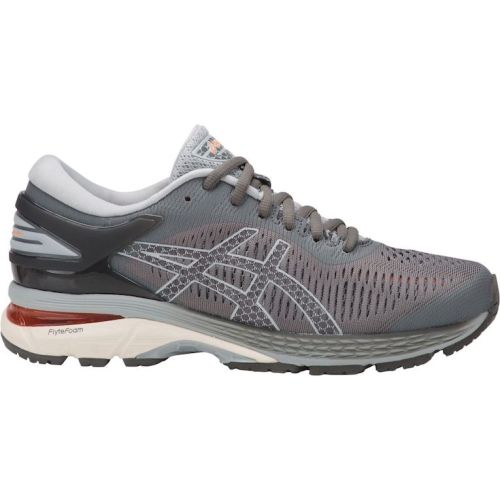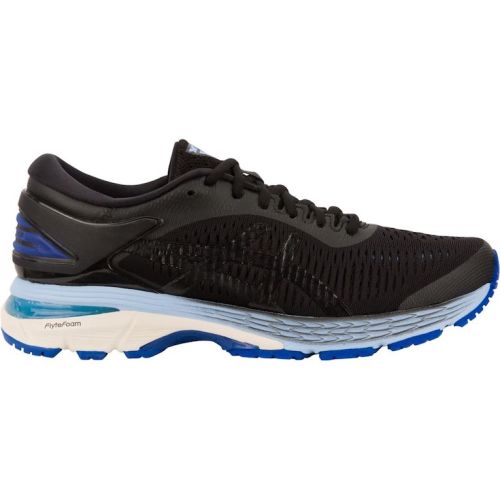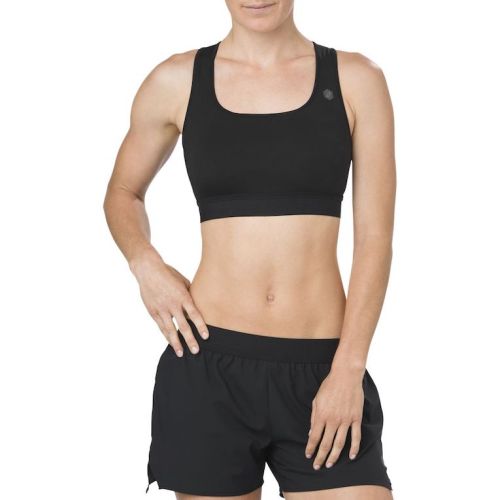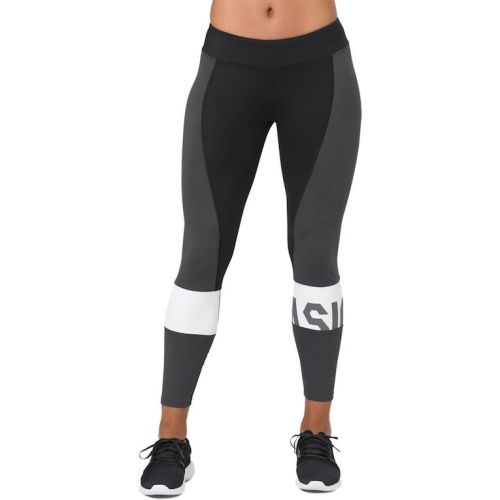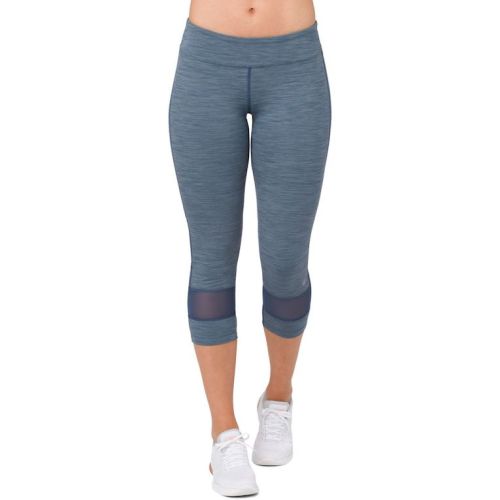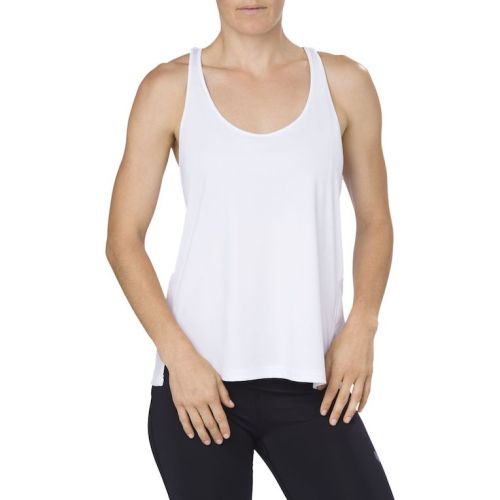4 Ways to Perfect Your Running Form, in Gifs
As any running pro will tell you, the key to avoiding aches is mastering your form (because yes, there's a "right" way to run). To set the record straight on exactly how you should be running, we teamed up with ASICS and Olivia Amato, a New York City trainer with loads of expert knowledge to share.
First on her list of advice? Picking the right running shoes. Amato's a huge advocate for getting fitted by a running specialist before making a decision on a sneaker. When it comes to her own go-to fit, she always goes for a supportive shoe.
"ASICS has something for everybody, so whether you're a mid-foot striker or a heel striker, you can find a pair of shoes that will work for you," she says. "The Kayano 25s feel super supportive and cushiony."
Check out the GIFs to see exactly how you should be running—and read below for how to fix any problem areas.
Mistake 1: Heel or toe striking
Just like properly supportive shoes help absorb the impact from pounding the pavement, your feet are built with natural shock absorption too—if you're running properly.
The ideal running motion is landing on the middle of your foot (because it has the most cushion) then rolling to the ball before pushing off. Striking with your heel can cause shin splints, and striking with your toes can cause plantar fasciitis—AKA injuries that take require a lot of time off from running to heal.
But if you're human and don't run perfectly with every stride (so, everyone), Amato says it's extra important to find the shoes that fit your feet. "Everyone runs a little bit differently, like I'm more of a toe striker," she says. "Not everybody is going to have perfect running form, so it's really important to find the right running shoes for you and making sure your feet are landing straight ahead."
Mistake 2: Stride length too long
Though you might think faster runners would take the longest strides, that's actually a common misconception. The key is keeping your feet under your center of gravity to get the perfect combo of traction and power.
"Usually you want to have nice short quick strides instead of longer strides, which are just going to tire you out more and use more energy than shorter strides," Amato says.
Mistake 3: Arms crossing the midline of the body
Instead of swinging your arms from side to side, according to Amato, they should stay close to the side of your body and drive steadily forward and back in order to minimize torque and help you run faster.
"When you're crossing your body you're actually slowing yourself down," she says. "The momentum of moving your arms back and forth is helping you move forward. That's why you want to bend your elbows at 90 degrees and swing them back and forth, as opposed to across your body."
Mistake 4: Bouncing
Bouncing is great for curls and ponytails, but not so great while you run. Keeping each stride closer to the ground minimizes impact on your joints and keeps you from wasting energy.
"When you hear people smashing onto the treadmill, that's just going to add more pressure to your joints and make your knees hurt," Amato says. "You want to think of running tall and light, and using your core. It isn't just about your legs."
Her advice: Stay as close to the ground as possible (without dragging your feet) and drive your knees and heels straight up. The result? A smooth gait that conserves energy for maximum mileage.
SHOP RUNNING ESSENTIALS
In partnership with ASICS
Images: Tim Gibson for Well+Good
Street mural: MOMO
Loading More Posts...
